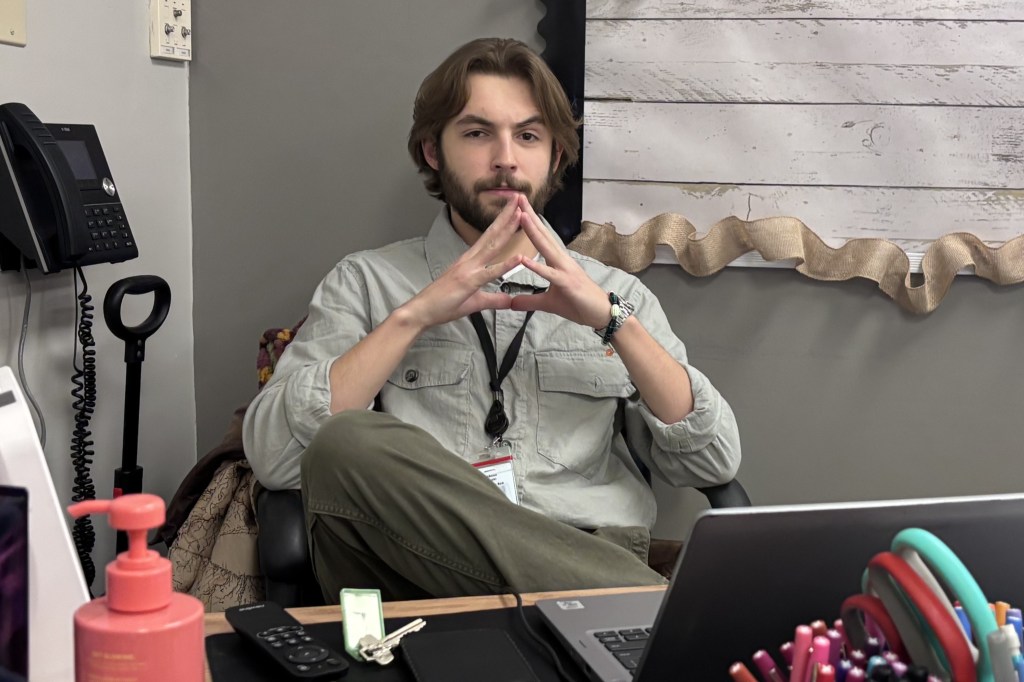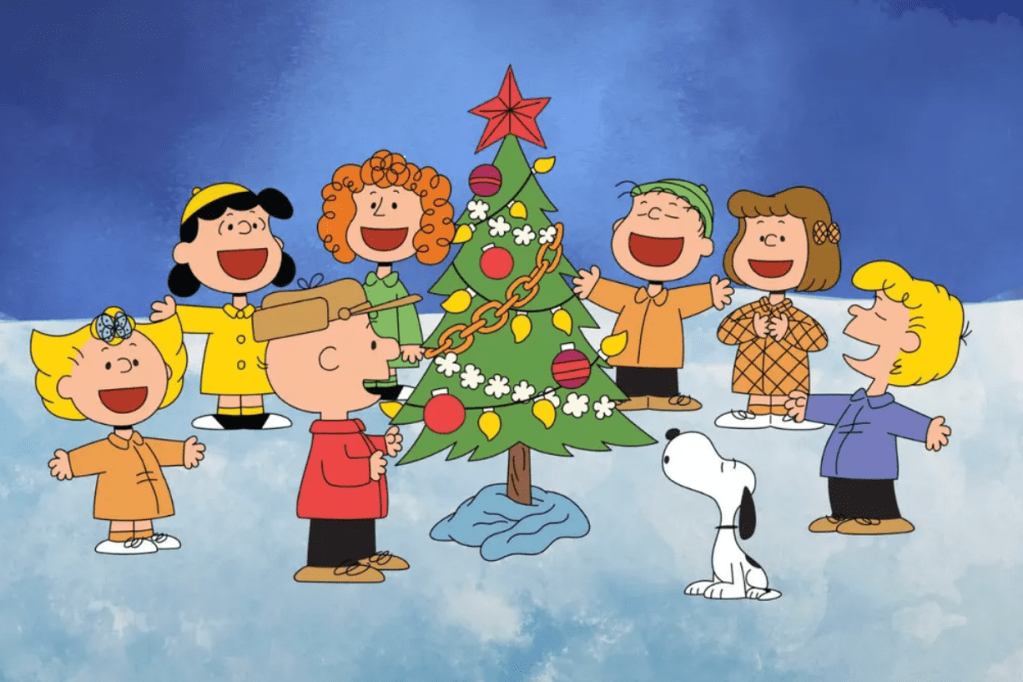
By Noah Mintie, Current Staff
Before I saw this movie, I had a virtual debate with some friends about whether this movie was the first instance of analog horror in a studio-produced feature film. They cited found-footage classics such as “The Blair Witch Project” as previous examples of the genre, claiming that analog horror has been around for ages. While both sides of this debate have merit, I do believe that “Late Night with the Devil,” directed by Cameron and Colin Cairnes, is the first instance of modern analog horror gracing the big screen. I have yet to see a film like it so closely resemble the modern horror masterworks being fashioned on platforms like YouTube.
But what exactly do I mean by “modern analog horror”? Analog horror is a term that was first widely used in the mid-2010s before exploding in popularity during the COVID-19 pandemic. It was first widely popularized in 2015 by Kris Straub’s innovative horror series “Local 58,” a cryptic story told through a series of TV hijackings in rural West Virginia. Since then, several other series have emerged with similar concepts, such as Alex Kister’s hit “The Mandela Catalogue,” which is both created and set in southeastern Wisconsin. This new era distances itself from the found footage of old, opting for a more intimate (and less safe) feeling to their horror.
Found footage horror, while sometimes intermixed with analog, represents a much more alienating viewing experience. It has viewers watching characters face an unknown and scary threat, just through a more unique lens. Analog horror tends to provide no such relief. In analog horror, the video itself is haunted, dangerous, and the only thing close to the victim is the viewer. There is no jump scare, just a slow build of dread and tension that reaches a climax in the translation of a disturbing idea.
“Late Night with the Devil” does not check all of these boxes, as the trends found in analog horror fit the under-10-minute video format better than a feature film, but it still meets the modern analog criteria. The film is presented as a collection of both the live recording and behind-the-scenes footage of a late-night talk show Halloween special that goes horribly wrong once the host meddles with a demonic power greater than him. The film is always presented in one of two ways: in the lens of an actual camera on set, or a black and white camera.
Perhaps the greatest flaw of the film is this behind-the-scenes footage, which is not shot in the recognizable (and fairly eerie on its own) amateur hand-held shaky cam, but rather uses sophisticated camerawork that intrudes on the private conversations of characters. No footage like this would ever have any reason to exist, and it is immersion-breaking to an experience that is otherwise the polar opposite. This is also the least analog horror-like thing about the film, suggesting that sticking to the genre may have helped the film along a little more.
The actual scenes of the show itself, however, are superb. The program feels irrefutably real, all the way down to the cringe-worthy political jokes and over-comfortable atmosphere. This capture of familiar television allows the audience to identify with it, feeling just as safe and comfy as the in-universe viewers. Even as things get dangerous, the audience feels safe, securely hidden behind the impenetrable wall: the screen. It is the fortified structure that later crumbles as the film goes on. In several scenes, the audience no longer feels their treasured sense of dissociation with the film. They get tricked, they get played, and then they get scared. This is the true power of analog horror that “The Blair Witch Project” and its found-footage brethren tend not to strive for, much less achieve.
My hope is that the moderate popularity of “Late Night with the Devil” encourages more filmmakers to experiment with the elements that define modern analog horror. It does not require a big budget or cumbersome equipment, just a frightening idea and a splash of dread.
Four theaters, one city and hundreds of films: the true ingredients needed to make magic. The Milwaukee Film Festival is a beloved local event and the 2024 edition wrapped April 25. I saw six fantastic movies this year. Each was stylistically, tonally and visually different from the last, so I will offer a focused analysis of each film’s unique strengths in a series of reviews.
(Image courtesy of Milwaukee Film.)





Leave a comment